The four-part drama Adolescence, directed by Phil Barantini, has premiered on Netflix. In his new project, Barantini uses techniques familiar to viewers from his restaurant drama Boiling Point: each episode is filmed in a single continuous take.
The lead role is played by Stephen Graham (Snatch, This Is England), who also co-wrote the script. The story, partially based on real events, centers around a teenager accused of murdering a classmate. However, the narrative goes far beyond a typical crime investigation, making Adolescence one of the most talked-about and significant premieres of 2025.
Early in the morning, a SWAT team breaks down the door of an ordinary English home. The suspect is 13-year-old Jamie Miller (Owen Cooper), accused of the brutal murder of his classmate, Katie. The boy insists on his innocence, though the collected evidence appears damning. His father, Eddie Miller (Stephen Graham), a working-class plumber, refuses to believe his son is capable of such violence and clings to the hope that the police are wrong.
The central question both investigators and parents are trying to answer is: how could a quiet teenager, interested in history and drawing, commit such a horrific crime? Could this be a case of mistaken identity? Jamie is sent to a psychiatric facility for minors, where therapists attempt to uncover the truth through counseling sessions. Very soon, the adults begin to realize just how little they truly know about the children they send off to school every morning.
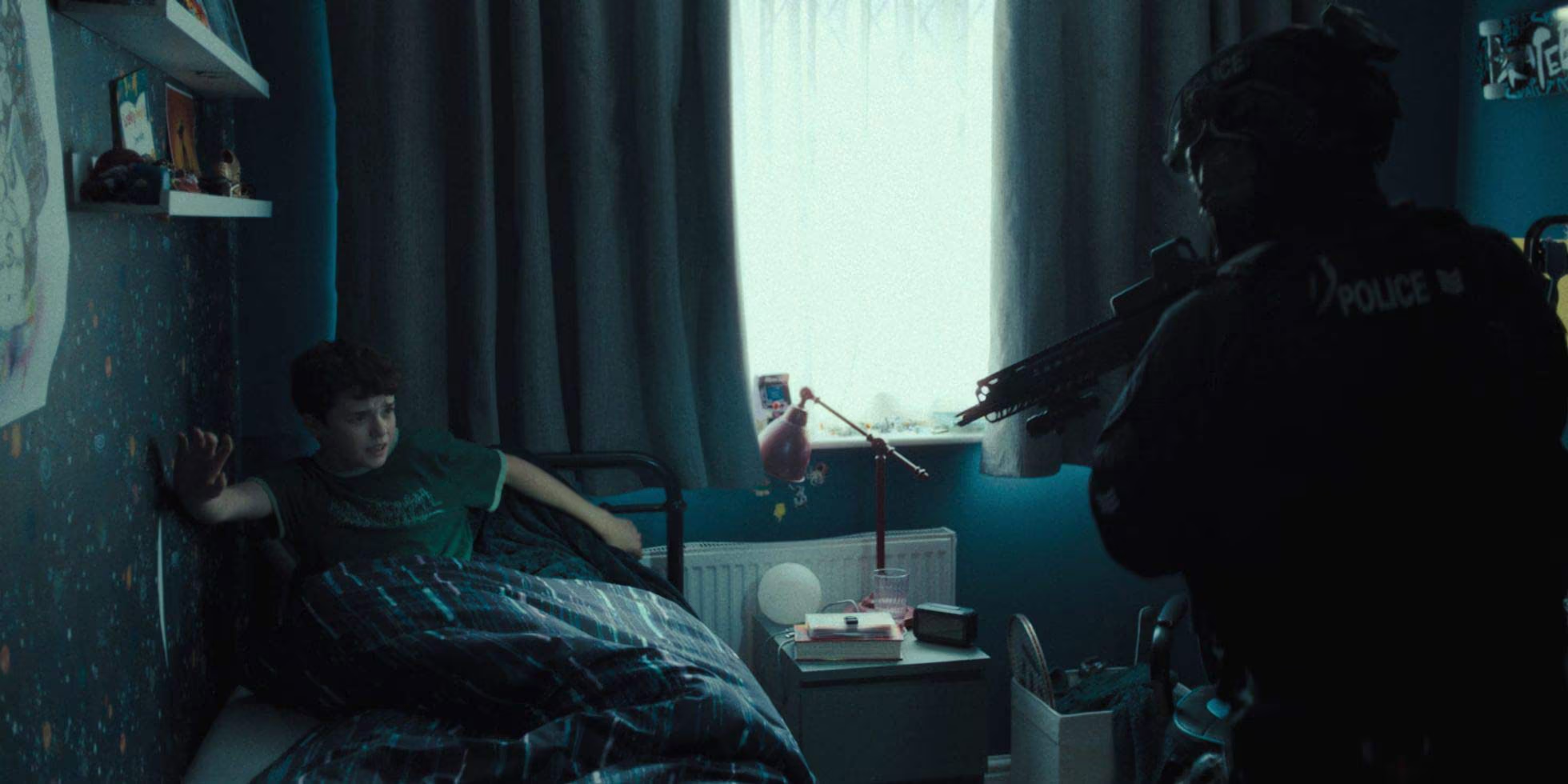
The British series Adolescence sparked a wave of excitement almost immediately after its premiere on Netflix and has already been hailed by many critics as the show of the year. The first thing that stands out is its format: each of the four episodes is filmed in a single, continuous take, allowing viewers to experience events in real time alongside the characters. But the real secret to its success lies in the writing. Jack Thorne (known for Wonder, the drama about a boy with a facial deformity) and Stephen Graham delve deep into painful, complex social issues—school bullying, toxic masculinity, and the vast generational divide between parents and children.
The plot of Adolescence is fictional, but it draws on real-life tragedies that have become a painful part of everyday life in the UK. The creators were inspired by high-profile cases such as the murders of 12-year-old Ava White in 2021 and 15-year-old Elianne Andam in 2023. Both cases are closely linked to what has been described as an "epidemic of violence against women" and the incel subculture—whose symbol in recent years has become conspiracy theorist and influencer Andrew Tate. His name is mentioned only once in the series, primarily to highlight the dangers of unchecked influence from social media on teenagers. Yet the true strength of Adolescence lies in its refusal to oversimplify. The creators do not aim to find a single culprit or offer moral judgment—instead, they and their characters try to understand how violence became normalized and what can be done to change it.
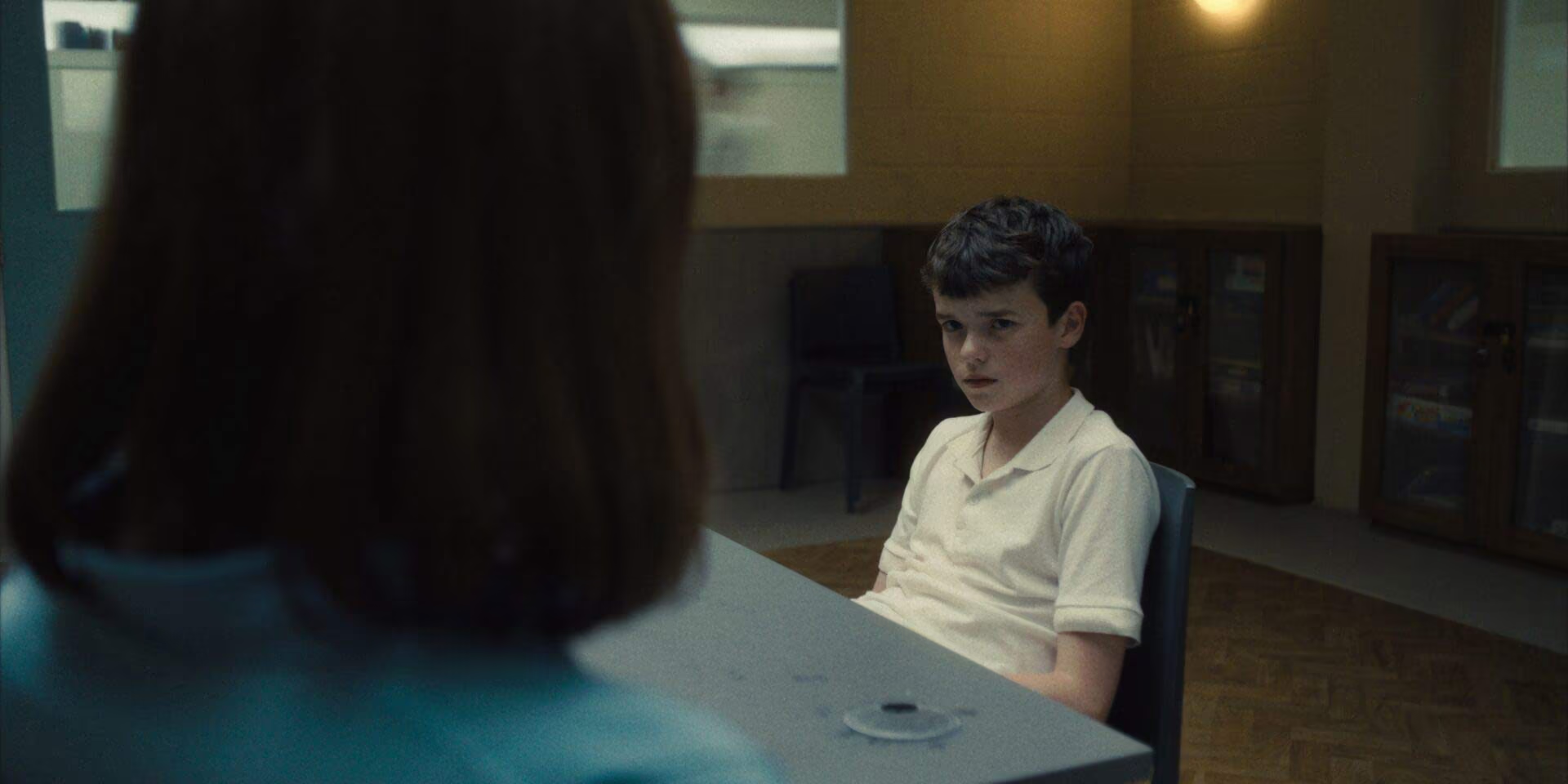
Adolescence consists of four episodes, each covering a single hour in the life of a small northern English town shaken by the brutal murder of a girl named Kate. The episodes unfold chronologically, gradually revealing different perspectives on the tragedy. Director Philip Barantini had previously worked with Stephen Graham on the kitchen drama Boiling Point, also shot in one continuous take (both projects were filmed by cinematographer Matthew Lewis). But in Adolescence, Barantini takes the technique further—the viewer quickly forgets about the form and becomes fully immersed in the emotional intensity of the story.
Beyond its flawless execution, the single-take approach in Adolescence adds depth and complexity to the story, precisely because much is deliberately left off-screen. The narrative is fragmented, and the creators masterfully control the pacing, knowing exactly when to provide clarity and when to leave a question hanging. This makes it impossible to watch passively: viewers are afraid to miss the smallest detail that might be a key to understanding life in a town where everyone knows each other—yet behind smiles and small talk lie anger, pain, and isolation. This is especially evident in the second episode, which takes place in a school. Some characters appear on screen for just a moment, say a few words, and disappear into the crowd of students—yet every such scene adds a brushstroke to the portrait of protagonist Jamie, revealing the chaotic environment he lived in: unchecked disorder, shouting teachers, and the cruelty of his peers.
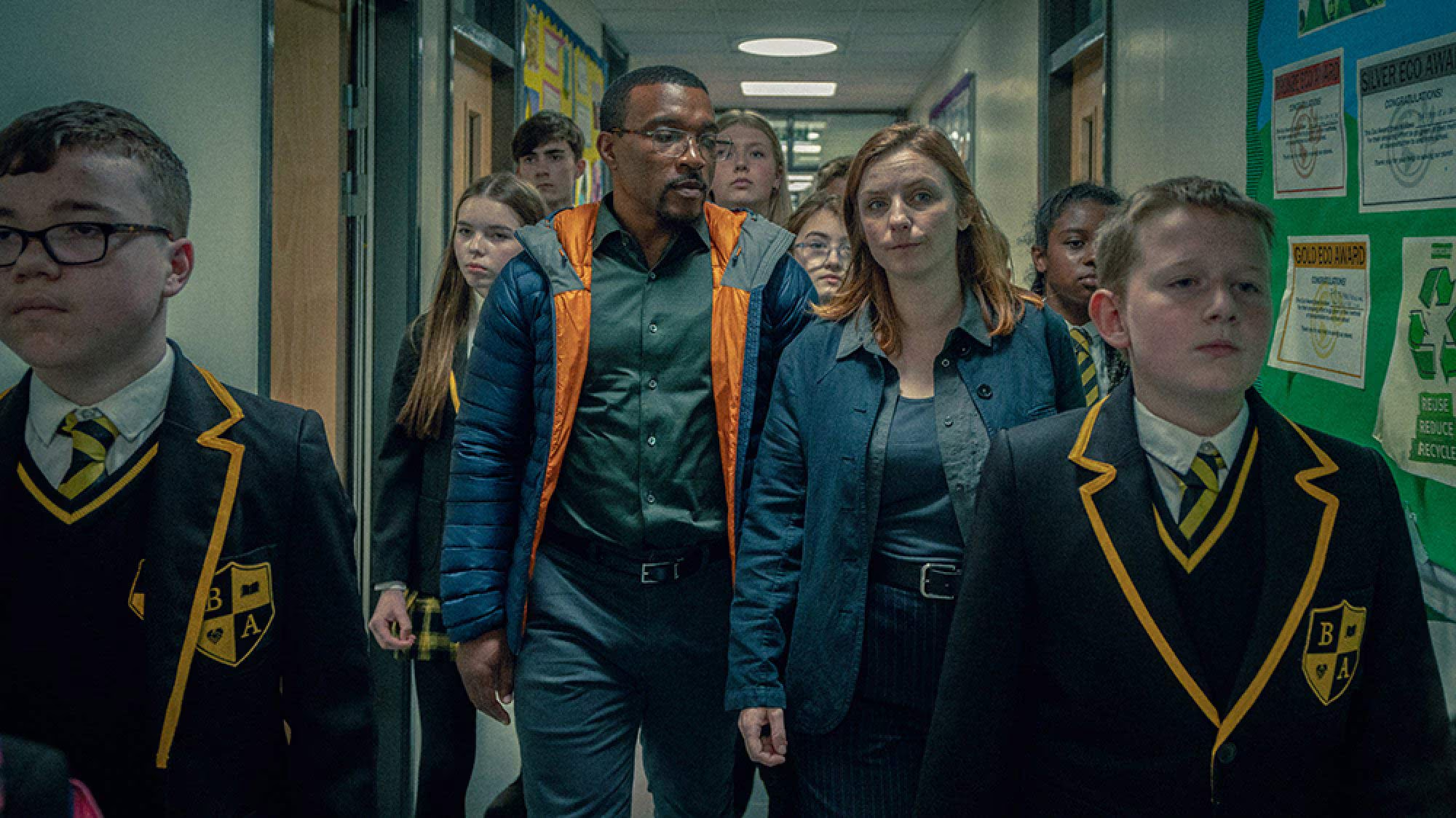
The fragmented narrative structure—which the viewer is invited to piece together—perfectly reflects the central message of Adolescence: parents often have no idea what’s really happening with their children behind closed bedroom doors, in noisy school hallways, or on their smartphones. That’s why the main characters here are the adults—detectives investigating the case, the psychologist trying to understand Jamie, and the parents, for whom the accusation against their son is a devastating shock. We see events unfold through their eyes, gradually realizing the scale of the problem and the depth of their disconnect from their own child.
The generation that grew up before the internet can’t begin to grasp what their kids are exposed to online—or the consequences that can follow. Jamie’s parents, filled with sadness and nostalgia, reminisce about their youth, when they first met dancing to A-ha songs—a time that felt simpler and safer. The show’s most heartbreaking moment comes when the mother (Christina Trevanion) and father, crushed by grief, blame themselves and desperately try to pinpoint when they failed—when they didn’t have that one important conversation. But the creators subtly suggest that the tragedy was nearly impossible to prevent. Despite their love and best intentions, the adults couldn’t truly see or control what was happening to their son.
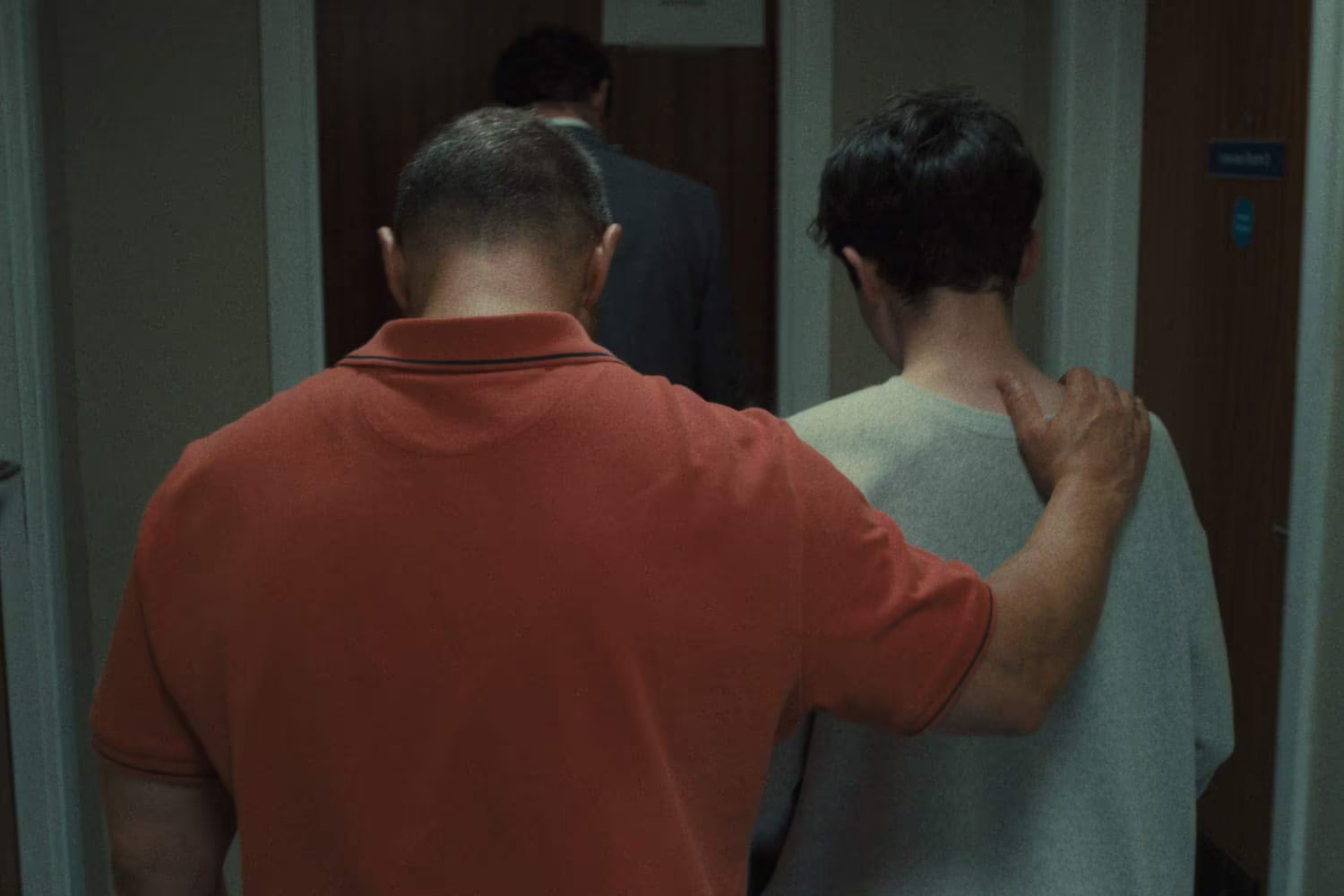
The emotional peak of Adolescence comes in the third episode—a raw and riveting therapy session between Jamie and the psychologist (played by Erin Doherty). What’s most striking isn’t just the directing finesse or the tightly written dialogue, but the breathtaking performances. Owen Cooper, in his debut role as Jamie, delivers a performance of rare depth and subtlety. Despite his lack of experience, he matches the intensity of seasoned actor Stephen Graham, who gives a heartbreakingly grounded portrayal of a working-class father whose world is crumbling around him. The cast as a whole is so authentic and restrained that the viewer often forgets they’re watching fiction—it feels more like peering into real lives.
The creators treat their characters with deep empathy and understanding, which is precisely why Adolescence leaves such a lasting impact. Though the series is heavy and often bleak, not a drop of blood is shown on screen—the violence is only ever implied, lurking in every shadow and line of dialogue. The show refuses to offer easy answers, instead confronting the audience with difficult questions and uncomfortable truths. In its emotional honesty and unflinching realism, Adolescence echoes the best traditions of British social cinema, recalling the work of directors like Ken Loach and Mike Leigh.
Трейлер сериала «Переходного возраста».
Adolescence confronts the viewer with a sobering truth: there are no easy solutions to the surge of violence or the growing pull of conspiracy thinking among youth. The only answer the creators offer is heartbreak—a father’s tears as he blames himself for not talking enough to his son, for losing him somewhere along the way. The scene marks a career-defining moment for Stephen Graham, whose raw vulnerability leaves a lasting mark. This emotional depth transforms Adolescence into more than just a powerful social drama—it becomes a form of therapy, a cry for empathy in a world increasingly engulfed by cruelty and disconnection.
Series and Movies
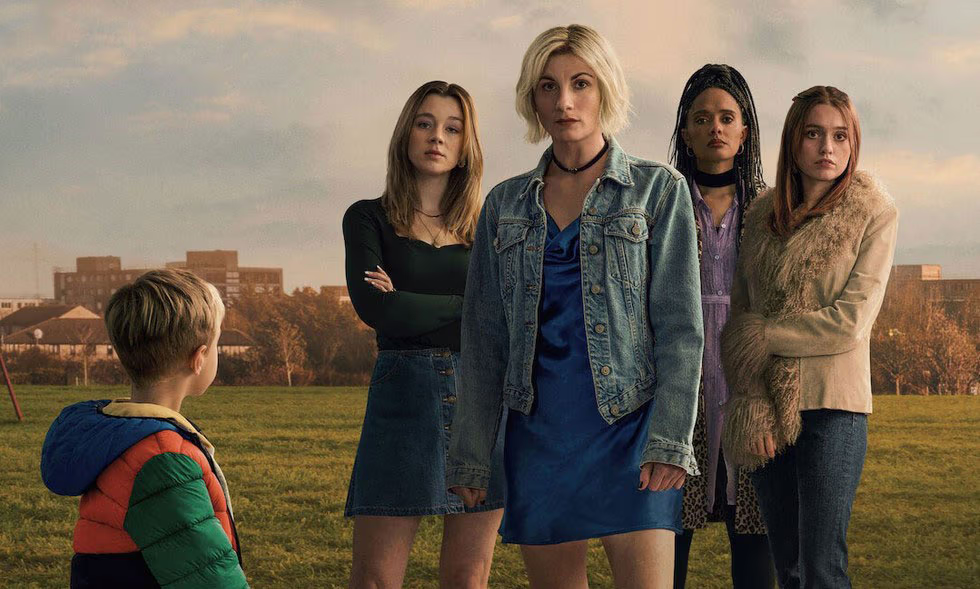
Toxic Town
Netflix Tells the True Story of the Fight for Environmental Justice

You May Have Missed One of the Most Powerful Films About the Syrian War
The Swimmers Tells a Story of War, Flight, and Survival—Without Clichés or Heroics

